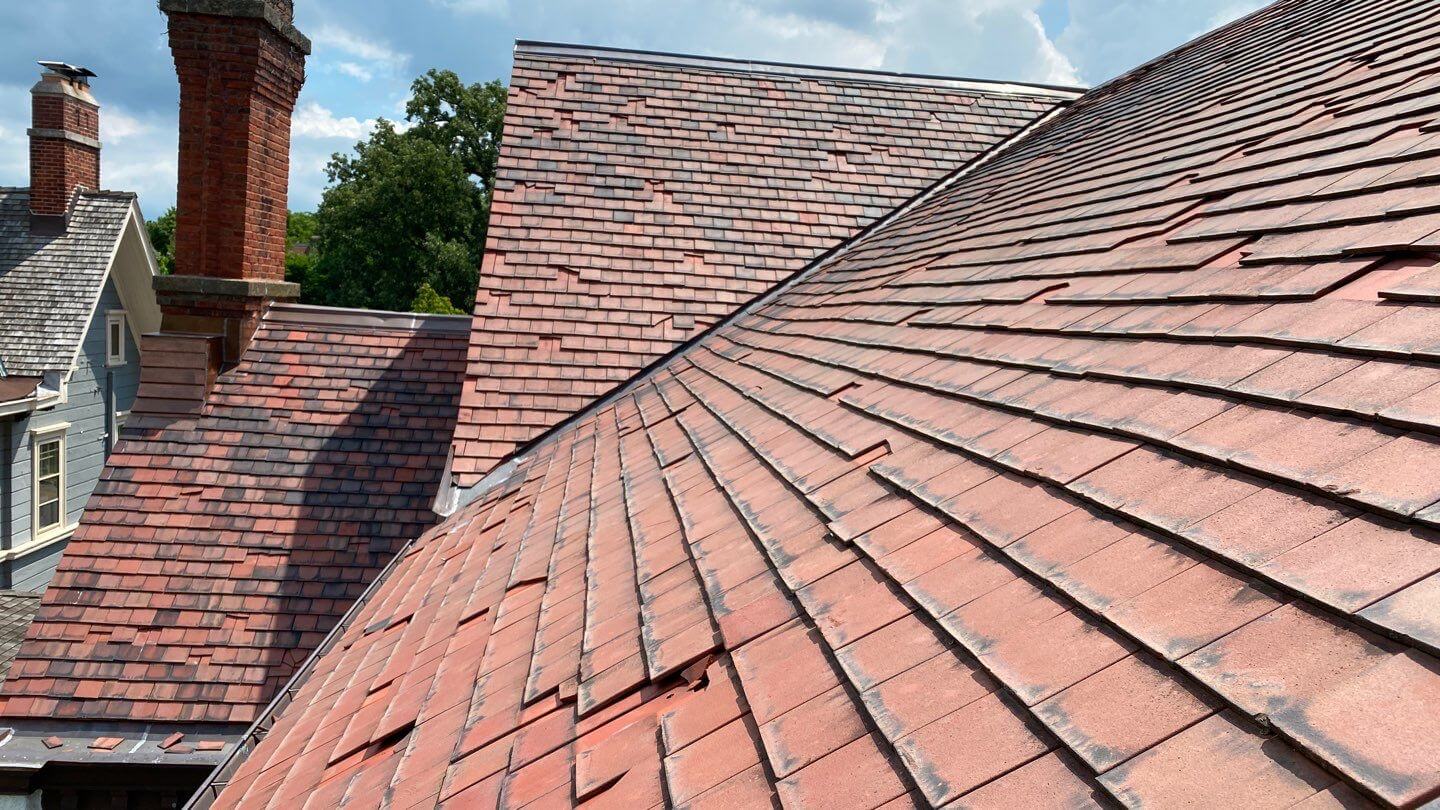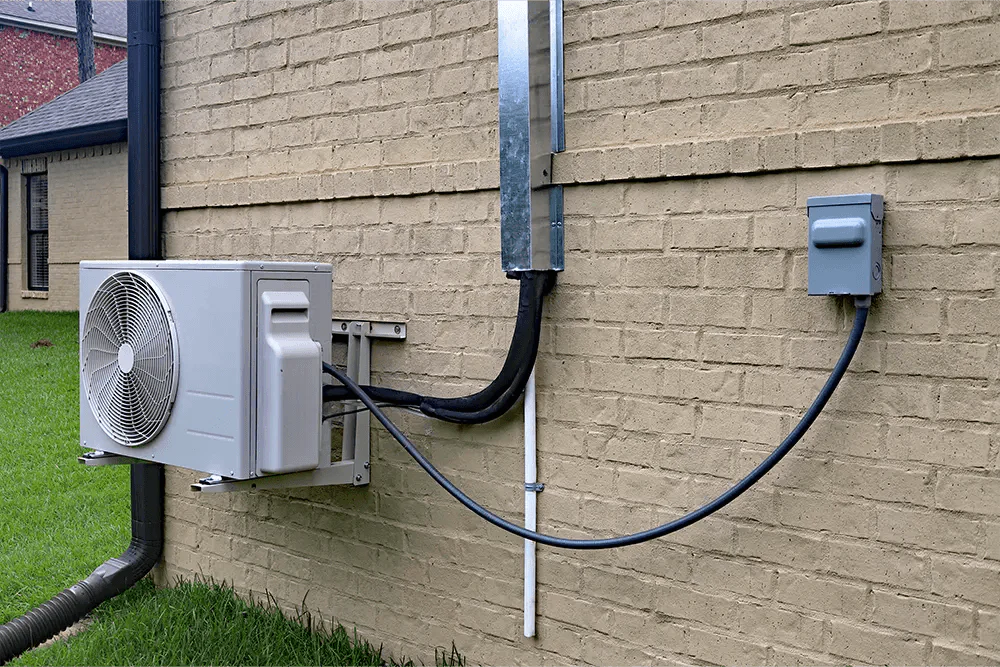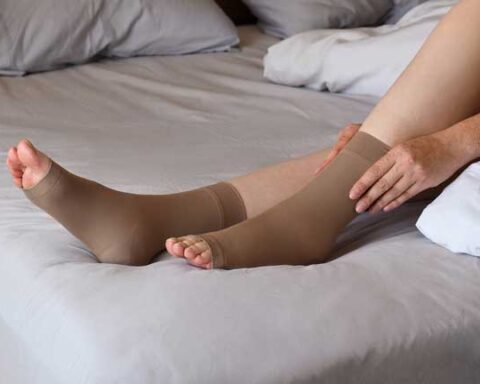Introduction
Slate roofs are renowned for their durability, aesthetic appeal, and long lifespan. However, like all roofing materials, they require regular maintenance to ensure they remain in optimal condition. Regular inspections are crucial for identifying and addressing potential issues before they become significant problems. This blog provides guidance on how often to inspect your slate roof and what to look for during these inspections.
Understanding Slate Roofs
Slate roofing offers numerous benefits, including longevity, resistance to fire, and low maintenance requirements. Despite these advantages, slate roofs can still suffer from issues such as cracked or broken slates, loose nails, and moss growth. Understanding these common problems can help you maintain your roof more effectively.
Recommended Inspection Frequency
Biannual Inspections
It is recommended to inspect your slate roof twice a year, ideally in spring and autumn. These seasons offer moderate weather conditions, making it safer and more comfortable to perform inspections. Regular biannual inspections help identify and address issues before the extreme weather conditions of summer and winter can exacerbate them.
Post-Storm Inspections
Severe weather events, such as storms, can cause significant damage to your slate roof. After any major storm, it is crucial to inspect your roof for potential damage. Look for signs of loose or missing slates and water damage, which can indicate that your roof needs immediate attention.
Professional Inspections
While DIY inspections are essential, having a professional roofer inspect your roof annually is highly beneficial. Professional roofers have the expertise to identify and address issues that may not be apparent to the untrained eye. They can provide a thorough assessment and recommend necessary repairs or maintenance.
DIY Inspection Tips
Safety Precautions
Safety should always be your top priority when inspecting your roof. Use binoculars to inspect from the ground or a stable ladder if you need a closer look. Never attempt to walk on the roof if you are not comfortable or equipped to do so safely.
Visual Inspection from the Ground
Perform a visual inspection from the ground by walking around your property and looking for signs of damage. Pay attention to any missing, slipped, or cracked slates and any moss or algae growth.
Closer Inspection from the Roof
If you are comfortable and it is safe to do so, you can perform a closer inspection from the roof. Check key areas such as around chimneys, valleys, and gutters. Look for any signs of damage, wear, or potential leaks.
Common Signs of Damage
Cracked or Broken Slates
Cracked or broken slates can compromise the integrity of your roof. Look for visible cracks or slates that appear out of place. Damaged slates should be replaced promptly to prevent further issues.
Loose or Missing Slates
Loose or missing slates can lead to water infiltration and damage to the underlying roof structure. Identify any slates that are not securely attached or have fallen off entirely.
Moss and Algae Growth
Moss and algae growth can retain moisture and cause damage to your slate roof. Check for green or dark patches, particularly in shaded areas. Regular cleaning can help prevent moss and algae from causing long-term damage.
Preventive Maintenance Tips
Regular Cleaning
Keep your roof free from debris such as leaves and branches. Use a soft brush or low-pressure water hose to clean the surface gently. Avoid using harsh chemicals or high-pressure washers, as they can damage the slates.
Gutter Maintenance
Clean your gutters regularly to ensure proper water drainage. Clogged gutters can cause water to back up and damage the roof. Check for debris and ensure that the gutters are securely attached and in good condition.
When to Call a Professional
If you notice significant damage or are unsure about the condition of your roof, it is best to call a professional. Signs that you should seek professional help include extensive cracking, missing slates, or persistent leaks. For expert assistance with slate roof repairs, consider the services offered by OzPix Discount Roof Restore, specialists in slate roof repairs in Sydney.
Conclusion
Regular inspections are vital for maintaining the health and longevity of your slate roof. By conducting biannual and post-storm inspections, addressing issues promptly, and performing preventive maintenance, you can ensure that your slate roof remains in excellent condition for years to come.
Keep an eye for more news & updates on EssentialTribune.Com!








